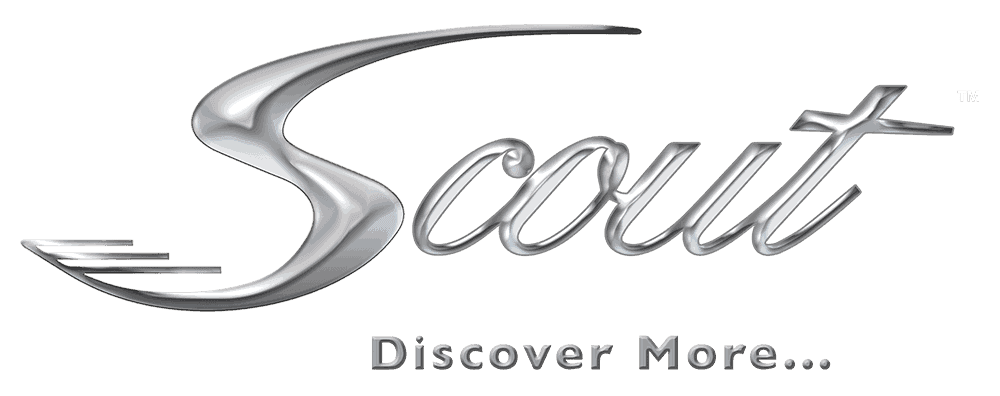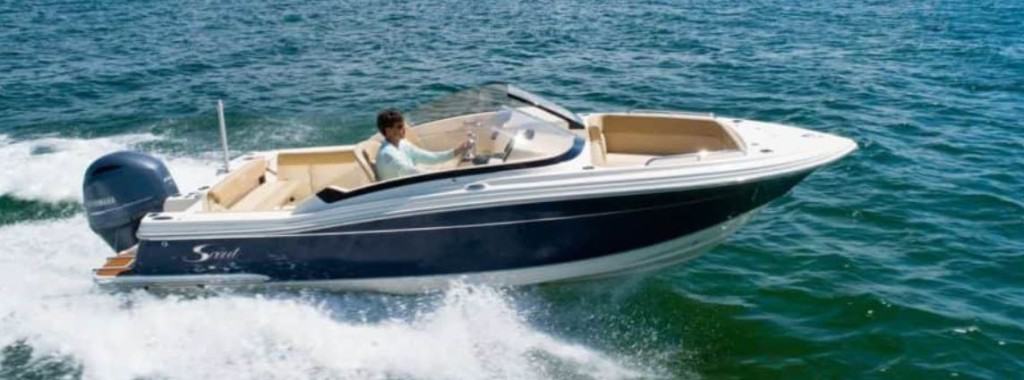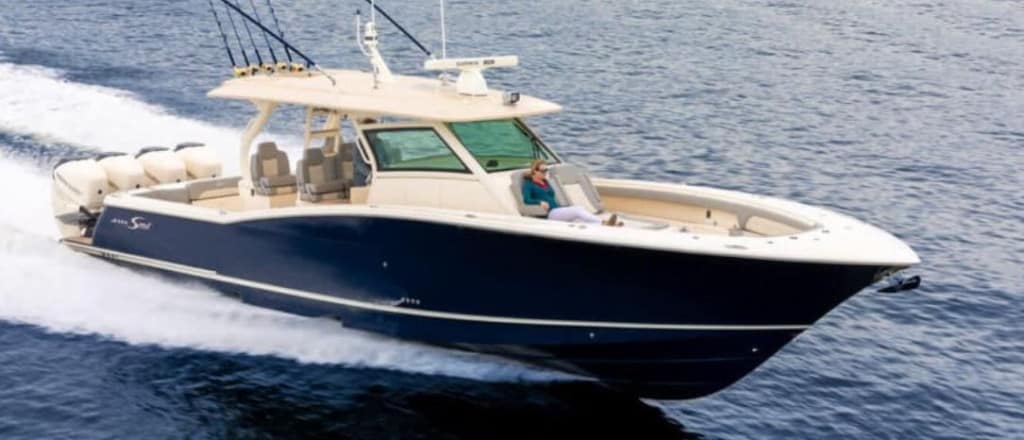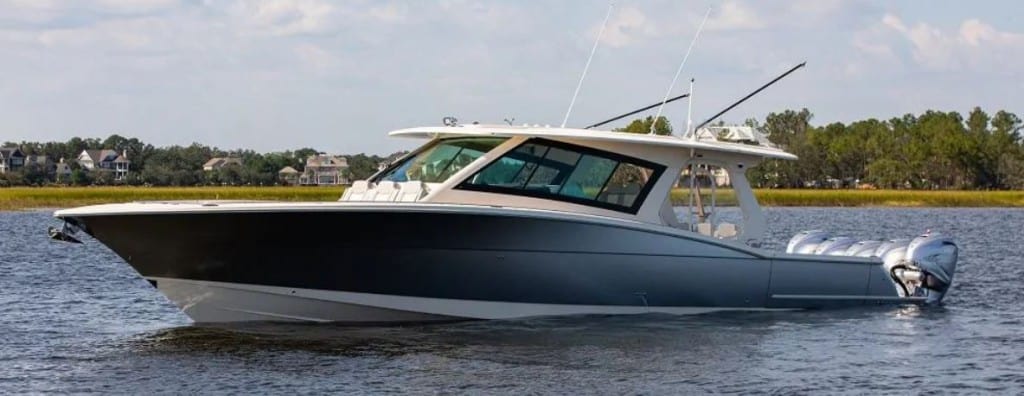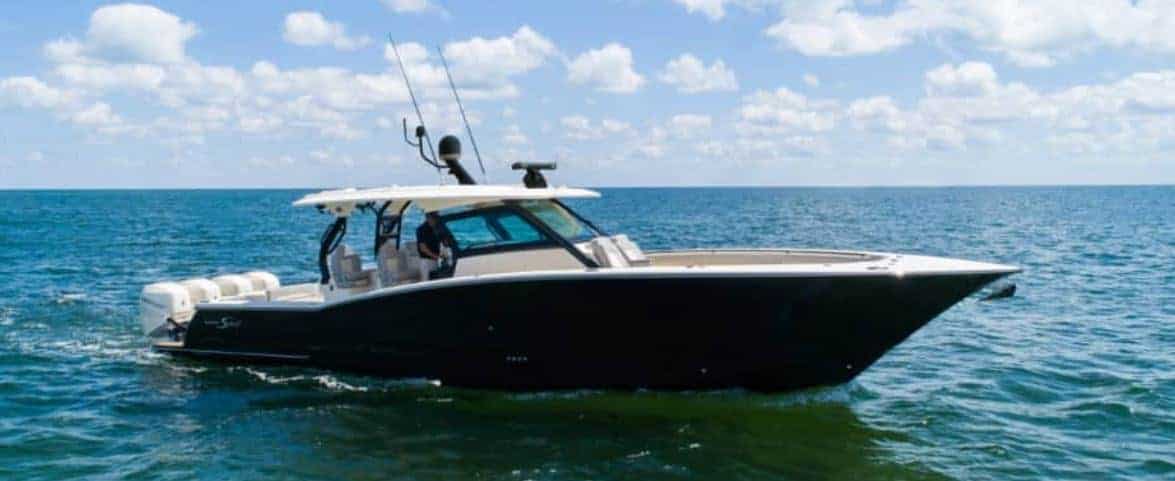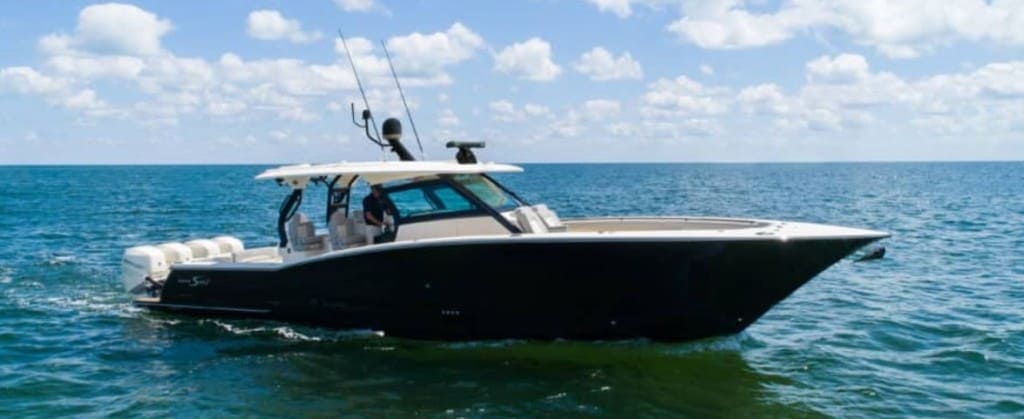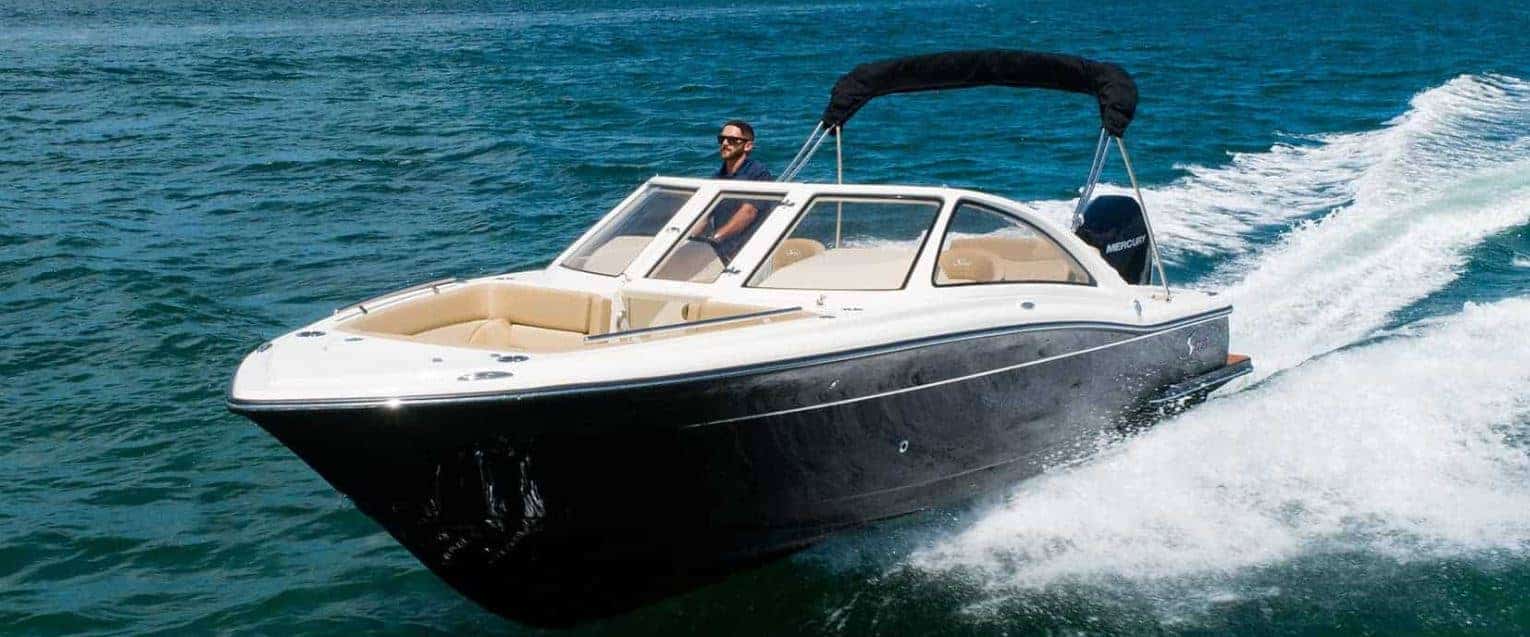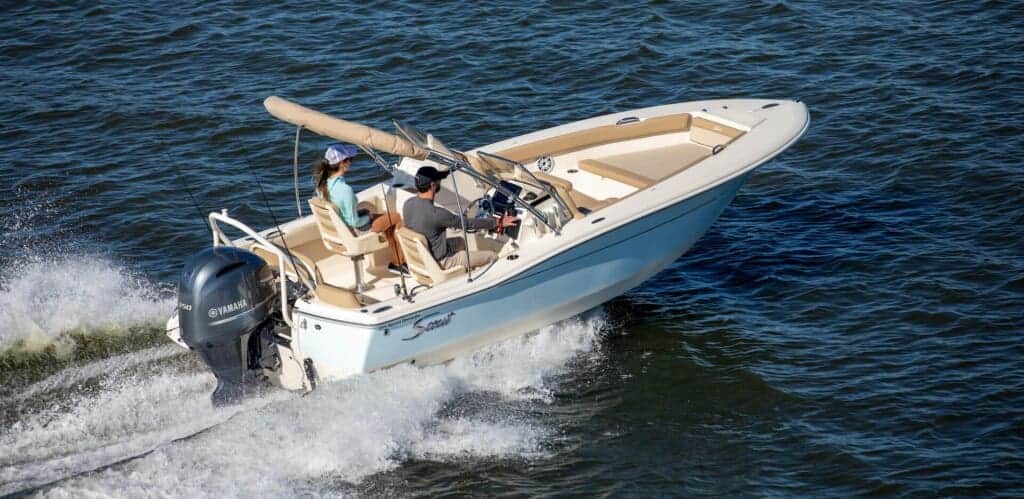
For many, towing their boat to the water is one of the most stressful times of the entire boat-owning experience. But, with a little practice, preparation, and a lot of patience, trailering your boat safely and effectively can be simple. Learn some tips on how to tow your boat safely, below.
If you’d like to purchase a new craft, design one to fit your exact needs with our Build Your Scout tool. You can add features for fishing, watersports, entertainment, and more to best enjoy your time on the water!
Review Your Vehicle’s Towing Capacity
It’s important not to tow too much weight. Review your vehicle’s towing capacity and make sure your boat, trailer, and equipment do not exceed this number. Towing too much can damage your vehicle, especially the transmission. It can also be dangerous, as your brakes may not be meant to stop such a heavy load.
Understand Tongue Weight
The tongue weight is how much weight is being added to the hitch. Your trailer should be well balanced so it doesn’t add too much weight to the tongue. Still be sure to check if your vehicle can handle the additional weight.
Don’t Overload the Boat
Since your vehicle can only tow so much weight, it’s critical not to overload the vessel. When preparing for a trip, it’s easy to add more and more items. Coolers, towels, skis, tackle, fishing rods, and food can all add up to hundreds of additional pounds. Don’t overdo it with equipment or you’ll exceed your vehicle’s capacity.
Secure Everything Inside the Boat
Don’t just toss items into the boat and assume they’ll be safe. While traveling down the roads at highway speeds, a slight bump can send items flying. Make sure everything is secure, even if you still have a canvas cover on the boat. This will ensure your belongings don’t fall out and strike another vehicle.
Connect and Check the Trailer Lights
When connecting the trailer, you’ll need to plug the trailer lights into the rear of the vehicle. But don’t just assume the lights are all working. Test the brake lights and turn signals to ensure you will be safely traveling down the road.
Practice Backing the Trailer Before Trying to Launch
It might seem like a lot of work, but when you get to the boat launch, your fellow boaters will appreciate that you took the time to work on your backing skills. If you’re not experienced with backing a trailer, take an hour to practice moving the trailer backward so you’re ready for launch.
Remember to Turn Wide
Your trailer will turn tighter than the vehicle, so you need to take a wide-angle on all turns, especially if there are obstacles such as street signs. Turn wide to avoid damage to your trailer as well as roadside posts and signs.
Purchase a Craft from Scout Boats
We hope you now know how to tow your boat safely. Whether you’re searching for the finest boat for water sports, fishing, or relaxing cruises, you’ll love our lineup of crafts available from Scout Boats. From large offshore boats to small fishing vessels, we have the right craft for your needs! Plus, you can design your boat to fit your exact specifications with our Build Your Scout tool. We look forward to providing you with a world-class vessel!
